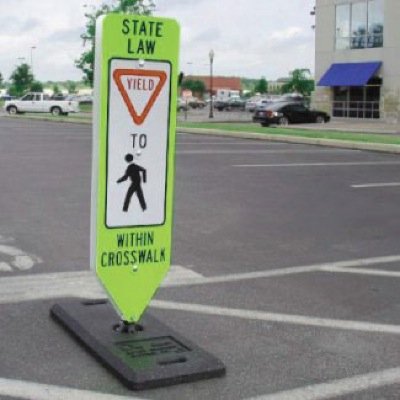Demand “Safe Streets for Everyone” at the National Bike Summit, hosted by the League of American Bicyclists March 15-17. Meet advocates from across the U.S. who are reshaping their communities and make your voice heard on Capitol Hill. Explore the summit here.
Were American streets safer before the invention of modern traffic laws governing vehicle right of way?
That's the provocative question behind a new video from the City Beautiful, which explores the surprising origins of the rules that govern our roads. In the early days of the automobile, concepts like speed limits and stop signals were totally unheard of — and that meant that the earliest drivers had to pay attention to their surroundings and make conscious, dynamic decisions about how to pilot their horseless carriages, rather than simply doing whatever road signs and lane markings told them to do.
But as cars got faster, drivers didn't always slow down and think through what was best for their fellow road users — and pedestrian death tolls started to rise. Desperate for an end to the carnage, communities around the world looked to regulatory solutions, and most of them decided it was time to adopt the system of traffic signals and right-of-way laws we have today.
The upside: drivers could suddenly get clear guidance on their legal obligations to keep other road users safe, simply by looking around. The downside: when those laws didn't succeed in saving pedestrian lives, drivers no longer had to defend their unconscionable choices behind the wheel. They could say they were simply doing their best to follow the law — and just like today, drivers usually got off scot free.
It was a fateful decision that changed the course of transportation forever — but it wasn't without its detractors. Watch the whole video to learn what could have been, and what still could be, if we fundamentally rethink the laws that govern our streets:






